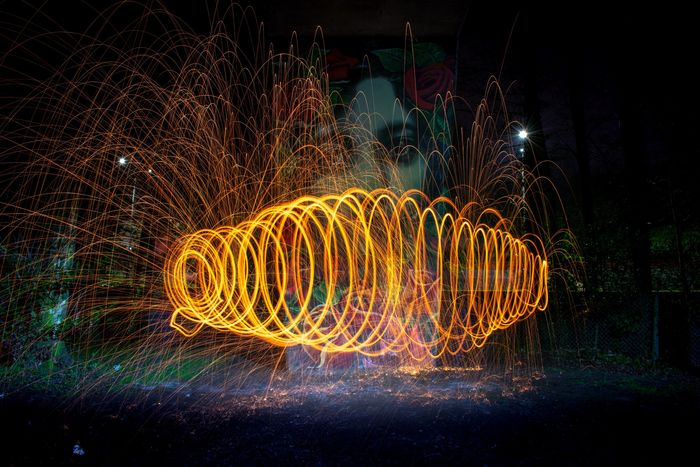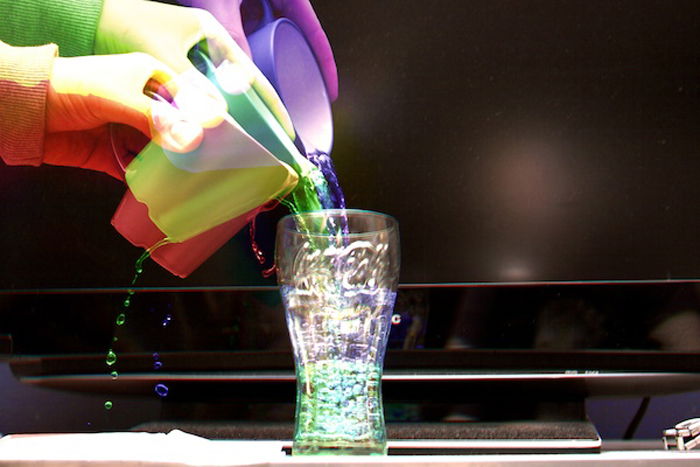16 Creative Food Photography Ideas You Should Try at Home
Thanks to food-centric blogs and websites, food photography has become very popular. But coming up with creative food photography ideas can be tricky. Luckily, we have some for you!
16 Creative Food Photography Ideas
Here are sixteen food photo ideas you can easily try at home. You’ll need some simple backdrops, props, and lighting equipment we outline for each idea.
1. Use Reflections for Stylish Commercial Shots
Creating a photo to sell a product is challenging. No detail can remain unchecked.
Lighting, depth of field, colors, style, and mood must all work together perfectly. Attention to each aspect makes the product interesting, appealing, and desirable.
Adding a reflection is a creative way of adding interest to the image. A highly polished reflection can look slick and stylish. I like using Plexiglass as a reflective surface for creative food photography.
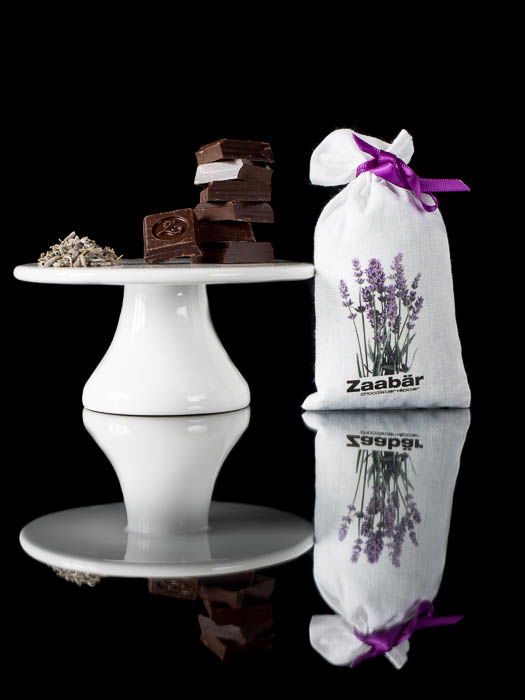
Lavender chocolate from a local chocolatier in Brussels
You can also shoot electronic goods that are used in the food industry. This is sometimes done with coffeemakers.
Since many of these machines are quite slick, I chose a low-key image with moody lighting. I popped my brand new Nespresso machine on a reflective surface.
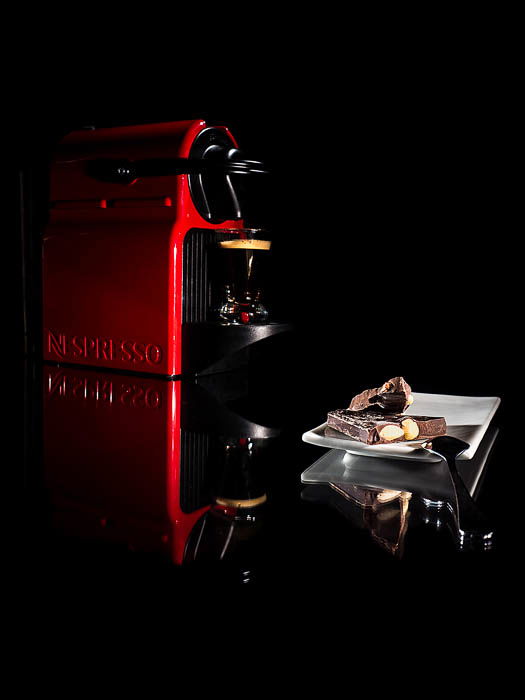
Be aware that all visible brands must be removed if you want to upload these kinds of images to stock photo sites.
You can hide them with a careful arrangement of the items in the scene. Or you can use editing software to get rid of them in post-processing.
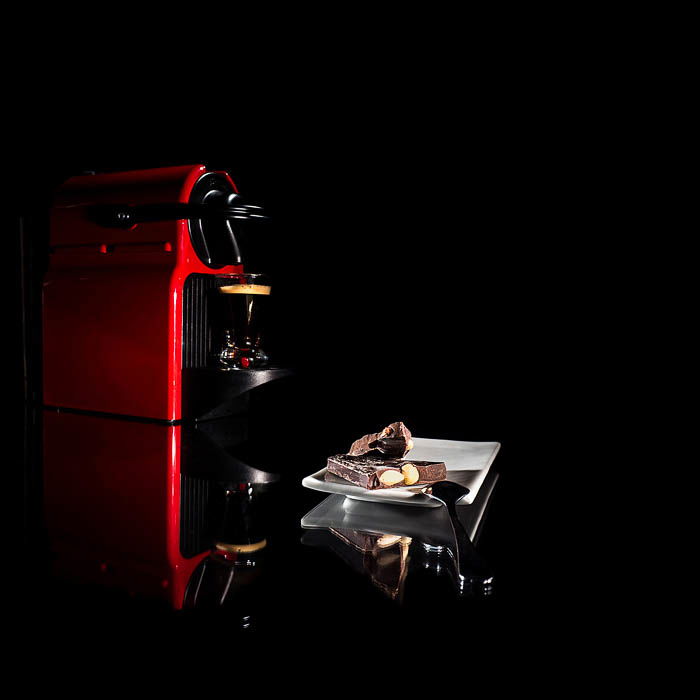
The Nespresso logo was removed from the coffee machine to make it suitable for stock photography
2. Create a Concept to Add Interest to Your Food Photos
Conceptual photography is challenging, but it’s what I like best. First, you come up with a simple concept. And then craft an image to convey it in a photographically appealing and interesting way.
A simple yet powerful way to create a conceptual photo with food is to adopt a minimalist style. This keeps the scene simple. And you can use single ingredients rather than complete dishes.
Look at your favorite food and drinks to get new ideas. I’m a coffeeholic. So lots of my food photography involves coffee.
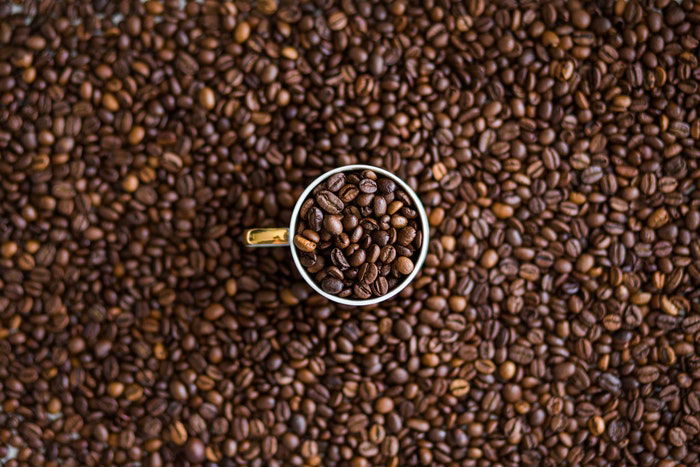
Tea and coffee are often seen the same way black and white are— as opposites. But tea and coffee coexist in photographic harmony. Yin and Yang is the perfect symbol to convey the concept.
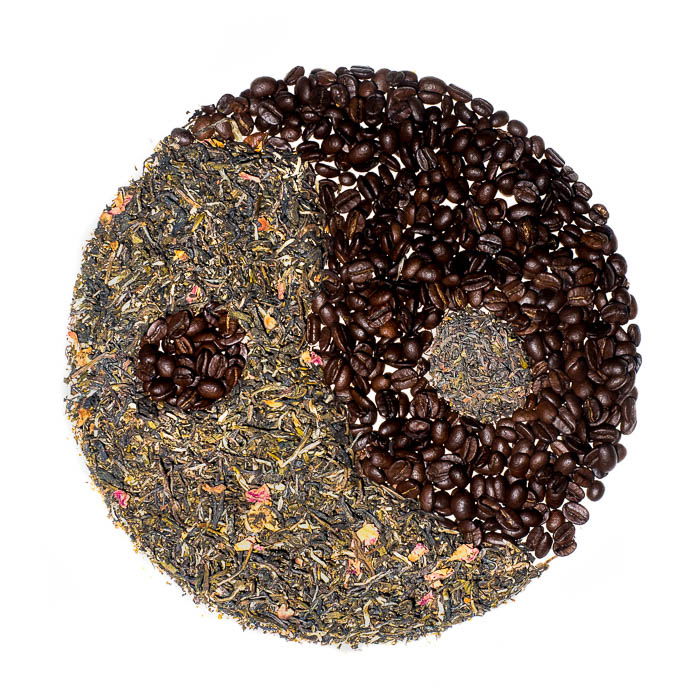
4. Play With Food Associations to Add Different Elements
Some foods are associated with emotions, feelings, or reactions. Coffee makes you nervous and sleepless. Pepper makes you sneeze. And peppers are thought to be hot.
Don’t be afraid to experiment with new associations!
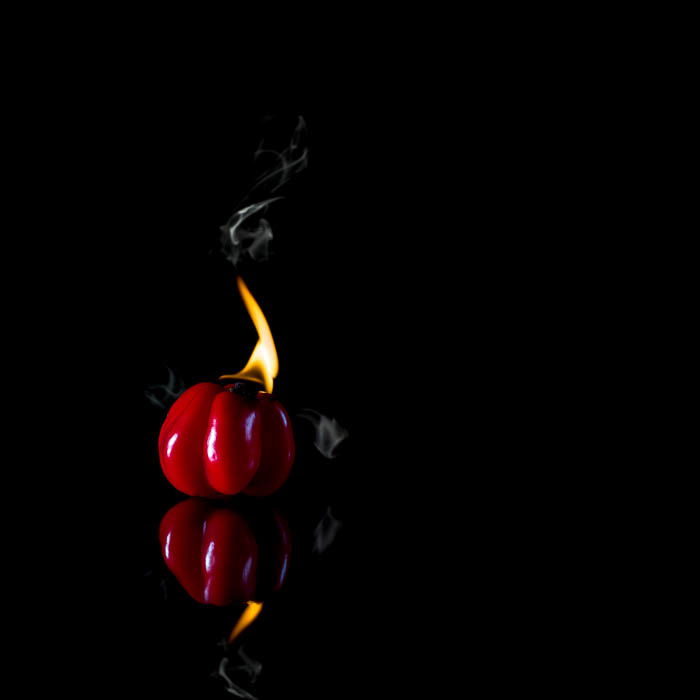
5. Capture Viewers’ Attention With Food Acrobatics
Arranging food in a gravity-defying scene is a good way to capture the viewer’s attention. But this can be challenging.
You’ll need a frame or wire support to stabilize the food. And then you have to shoot the scene without the food but with the same lighting setup.
That way, you can use the second image to remove the frame and supports from the final image.
If you go with low- or high-key lighting, ensure the background is black or white. This makes it easier to delete the supporting structures.
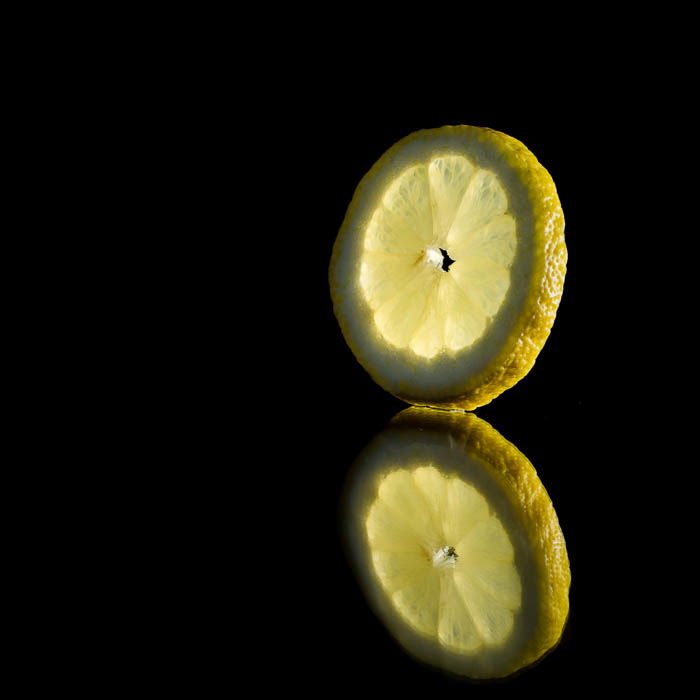
6. Add Liquid Splashes for a Dynamic Image
Photographing splashes is an excellent way to make your photo more dynamic. To capture splashes, keep cleanup in mind first. Have a towel handy and mind your gear.
To ensure you freeze the splash, you have to use a fast shutter speed. It’s easier to do so when you use a flash.
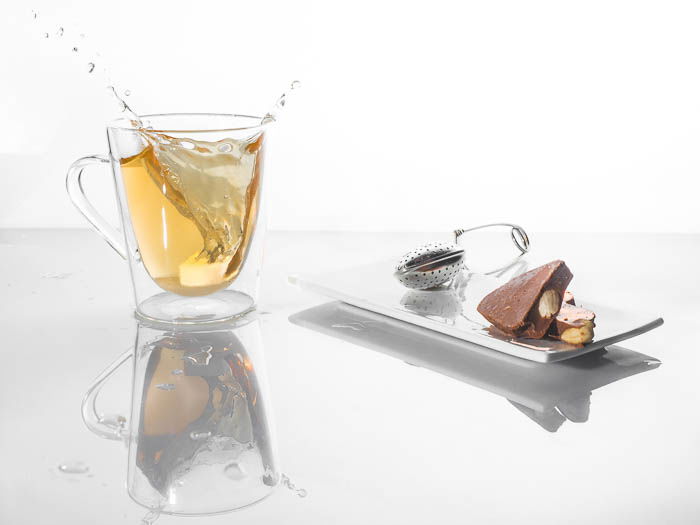
To capture the splash, put your camera in continuous shooting mode. And start taking photos immediately before you drop the item that will create the splash.
You can use sugar cubes, fruits, vegetables, or even beverages.
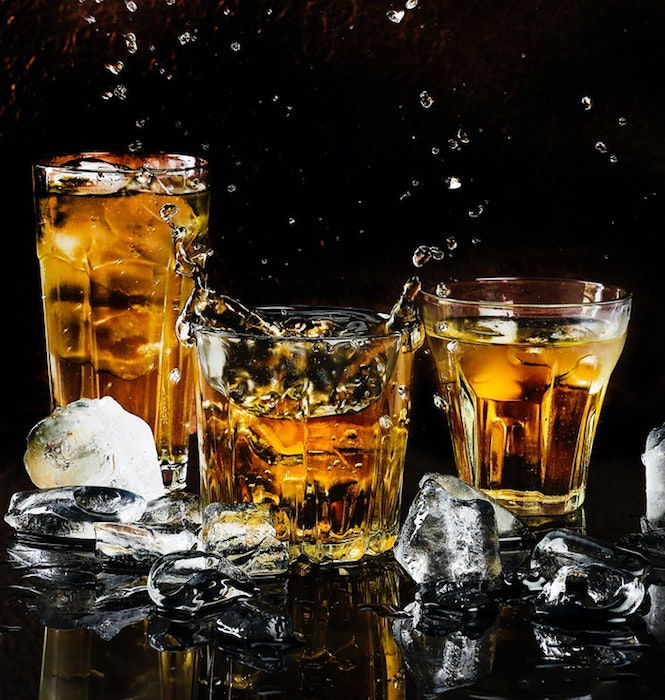
7. Use Props to Create Funny Food Photography
Sometimes you can use props to get creative with food photography. Look around for weird, interesting, or funny items when visiting kitchen stores and food markets.
I had quite a lot of fun photographing a plastic egg cup figure. A small piece of cauliflower sprinkled with cinnamon powder made a perfect “brain” for my prop.
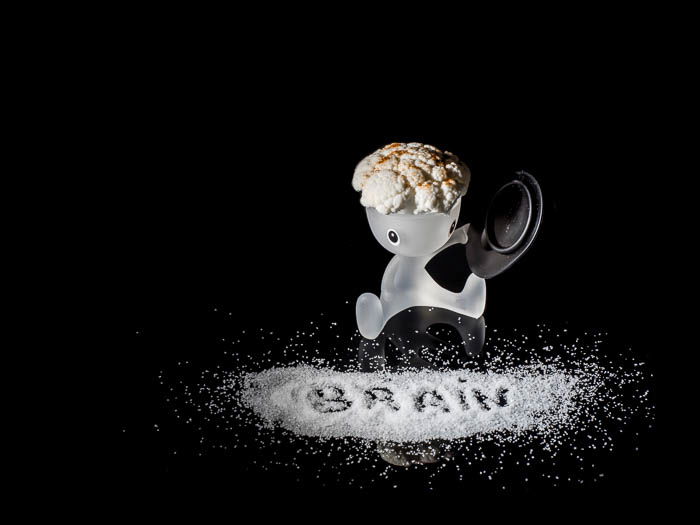
And don’t be afraid to reinterpret images of other food photographers. The photo below is quite a common concept of a chick breaking out of jail.
To make it different, I used my son’s small chick toy. I placed it in the background and out of focus. The idea was of the chick leaving its egg prison for good!
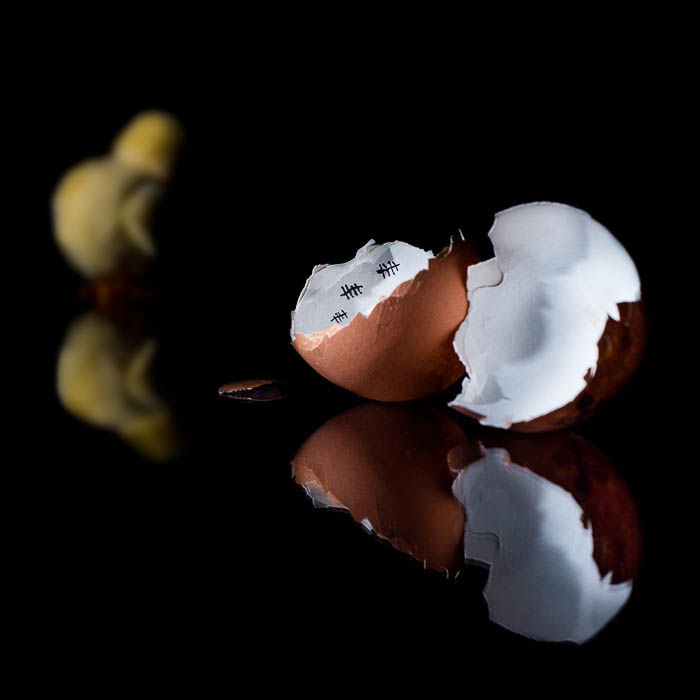
8. Reinvent Food Preparation for New Ideas
Think of alternative ways to prepare or consume food. Push yourself to think out of the box for this to create interesting food photography scenes.
I had a lime squeeze for cocktails that I never used. It came in handy to tell a story of making a fresh cup of coffee—but in a different way—by using a lime squeeze and coffee capsules.
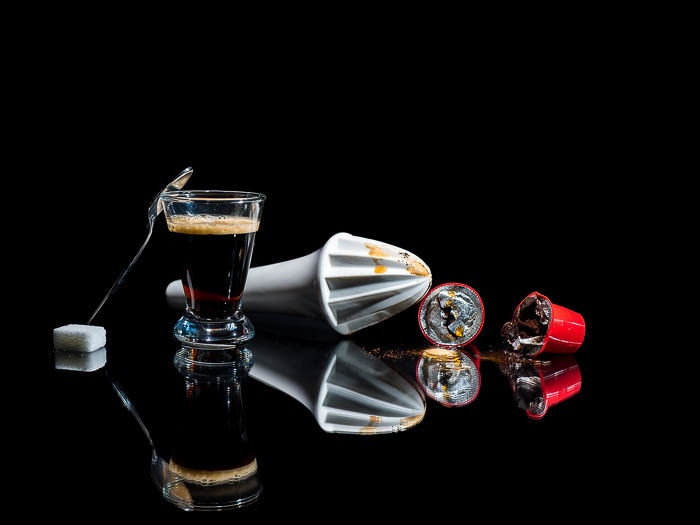
If you only show the aftermath of a process and not the action, you have to pay attention to the details. Add enough clues so the viewer understands the story you’re telling with your photo.
I did this with the photo above by staining the lime squeeze with coffee. And I placed the broken, slightly squashed coffee capsules beside it.
The process of making coffee also would have been quite messy. So I also made sure the Plexiglass was dirty near the capsules.
You can experiment with the same concept in multiple ways. Don’t stop after just one setup. Try to create multiple scenes to find the one that works best.
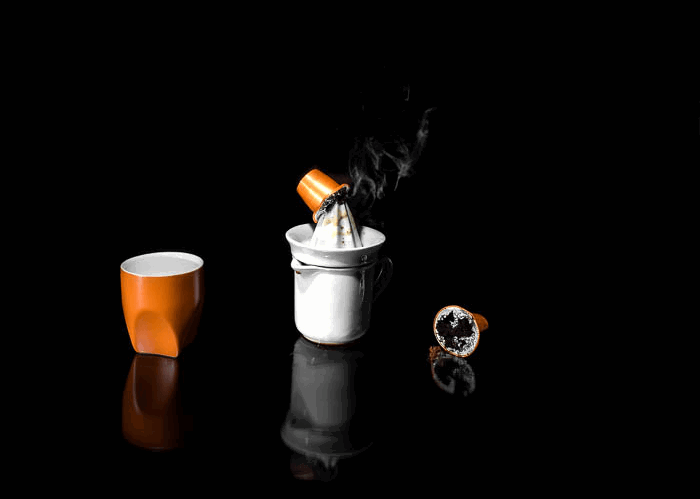
9. Get Inspired by Ads and Other Artists
Take advantage of ideas you see in commercial campaigns. In 1986, when I was a child, a commercial about fruit juices was on TV.
It had a small kid climbing a huge pear and stabbing it with a straw to drink the fresh juice. Here is how I reused the concept in the photo below.
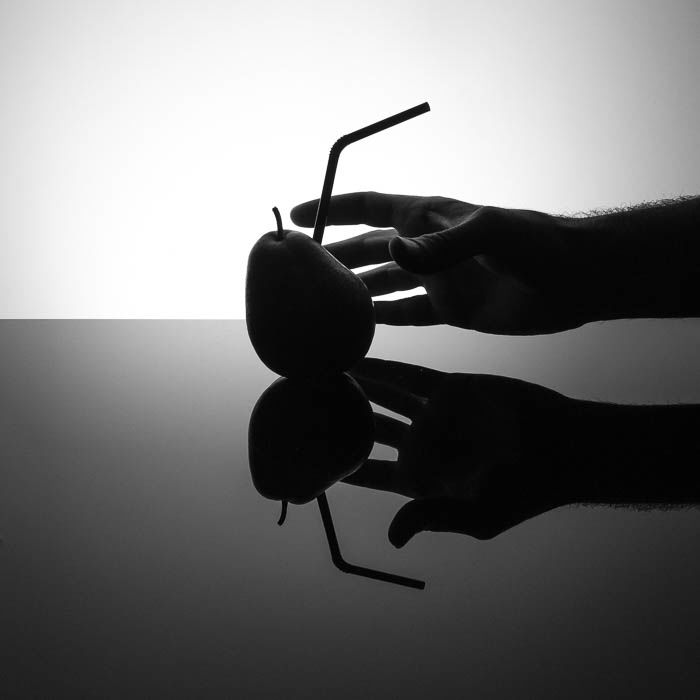
You could even build landscapes using food items. Check out the work of Carl Warner.
He photographed food landscapes built from various ingredients. My favorites are the ones with pizza and pasta.
10. Simplify Dishes to Represent Their Essence
Find simple ways to represent cuisine. I’m Italian, and pasta is one of our best-known foods.
In the photo below, I tried to represent pasta in the most simple and minimalistic way possible. In Italy, pasta dishes are never overcomplicated.
This photo is the best representation of what pasta is in Italian cuisine. Fresh, simple, local ingredients are what makes Italian food so delicious.
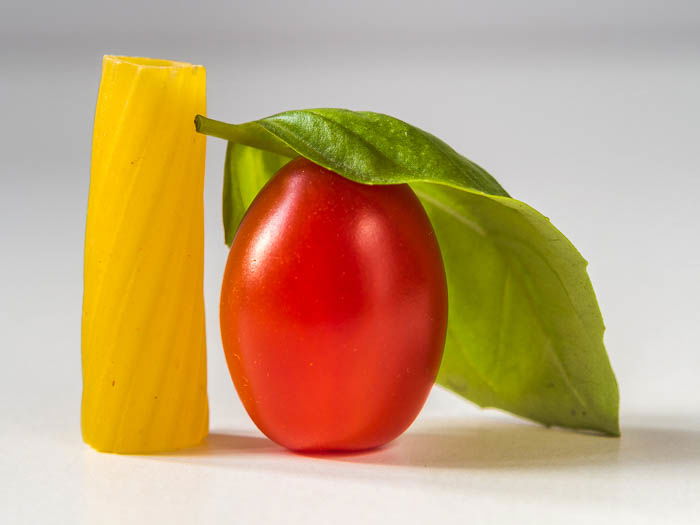
11. Slice Food Up for Cool Deconstructed Shots
A common technique in food photography is food deconstruction. For this kind of food photography, you sometimes have to build supports and find a clever way to remove them later in editing.
The common idea is to slice fruits or vegetables and have them float mid-air.
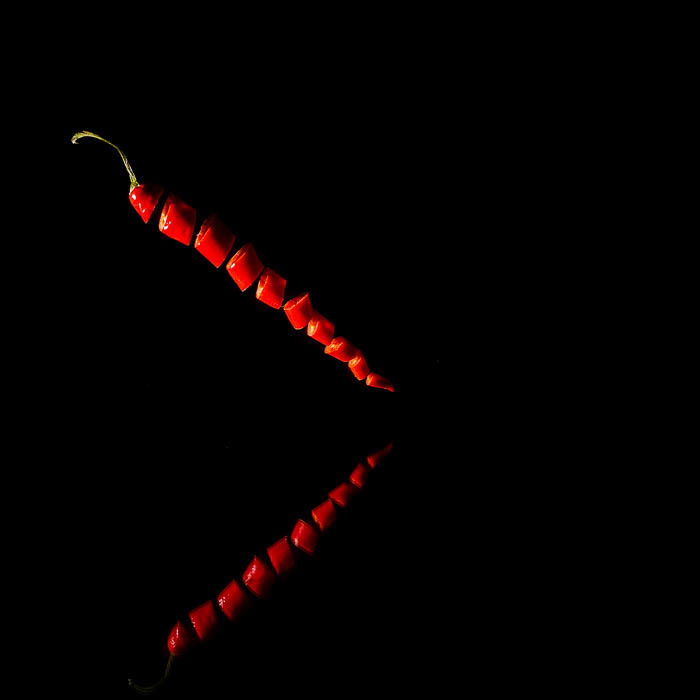
12. Create a Fresh Perspective With a Food Pile
Sweets can be piled up in many ways, like this chocolate tower.
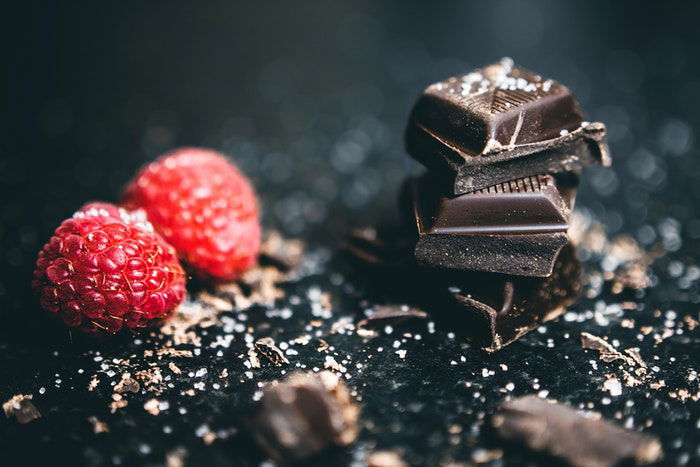
Photo by Lisa Fotios (Pexels)
A less obvious pile is the one below, where colorful macarons rest on a cup of coffee to form an arch.
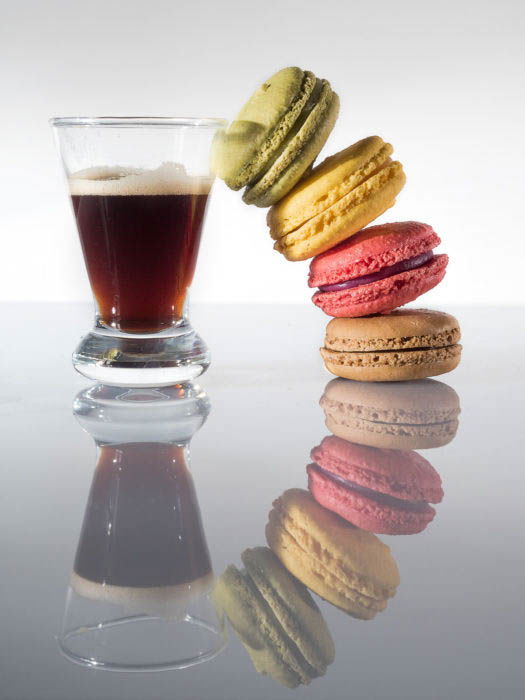
And slabs of white chocolate with hazelnuts can be arranged to resemble a white mountain. I like to do this on reflective Plexiglass and in a low-key style.
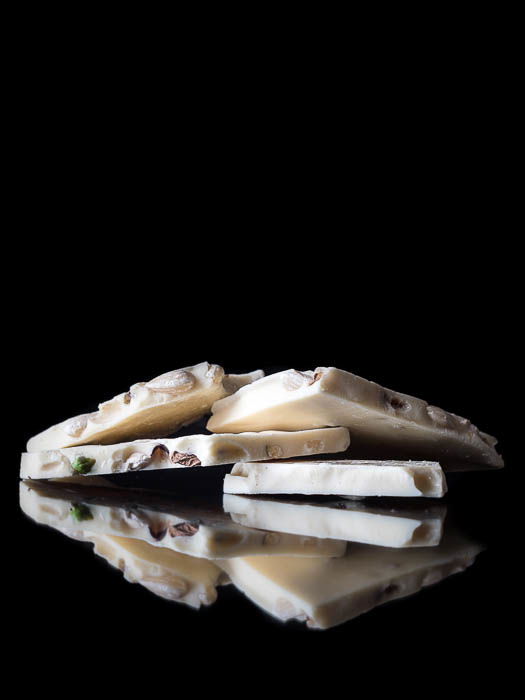
13. Create Messages With Food
You can use food to draw and write. I wrote the word “tea” and “sketched” a cup using tea leaves. Like many food pictures here, it’s ideal if your backdrop is white. That way, the tea stands out.
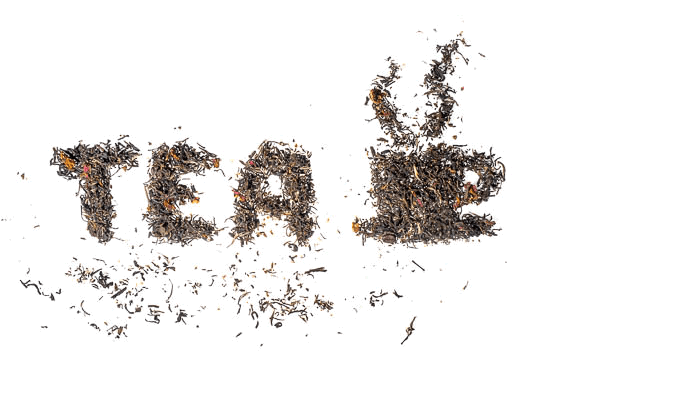
I use a sheet of transparent Plexiglas placed on two chairs. And I arrange food on it to create images, symbols, and words.
To ensure the background was white, I lit the Plexiglas from below with a flash fitted with a small, foldable .
14. Experiment With Colorful Food for Playful Images
Colored food is fun to work with. You can create colorful carousels using macarons or other colorful sweets.
Smarties are a must-have item to create colorful food photography scenes. They are small and brightly colored. And you can arrange them in various shapes and forms or toss them around.
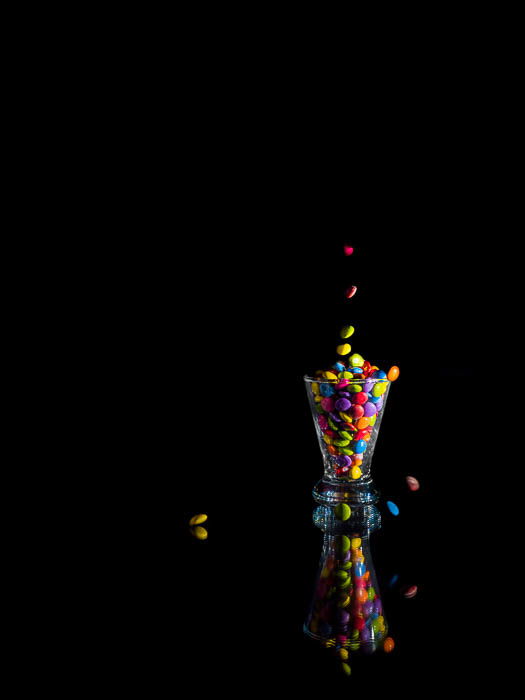
15. Create Unique Images With Rotten Food
This may sound weird, but rotten food can be beautiful to photograph. This is due to its colors and texture, like the rotten and dried-up orange in the image below.
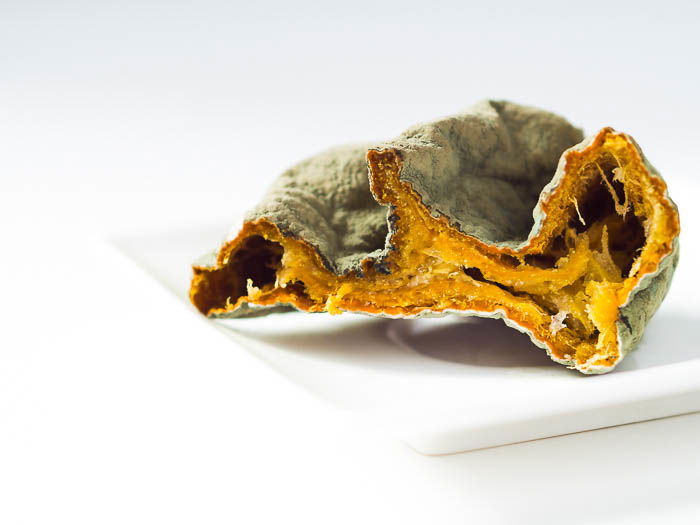
Mold can also create interesting effects on vegetables. And don’t forget moldy cheese when looking for unique food ideas!
16. Create an Atmosphere That Best Suits the Food
Try to create an atmosphere to immerse your food in. You can think of the food’s origins or where it is usually consumed. A friend of mine is Finnish, and she gifted me a liquor bottle.
While not 100% correct, I thought of Vikings when I thought of Finnish culture. So I took a bit of creative license with the photo below.
I borrowed her drinking horn. I added some smoke using a tea boiler. And I lit the scene with a couple of flashes to create a moody and mysterious atmosphere.
A happy accident actually dramatically improved the image. To light the bottle from behind and hide the flash, I turned my speedlight upside down. But I forgot to remove the foot.
The result was the shape cast as a shadow in the background resembling a horned Viking helmet. It was as if there were a Viking’s soul inside the bottle!
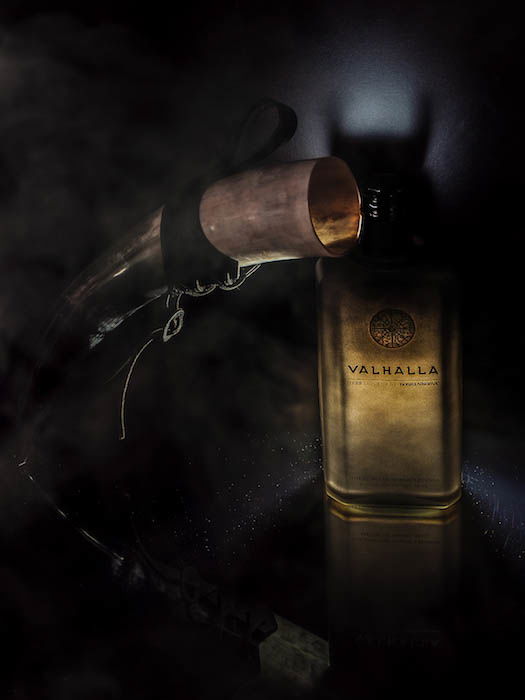
Bonus Tip: The Infinity Canvas
As you noticed, most of my images are low-key or high-key and very minimal. I don’t usually clutter the scene with many items.
I love this style, but it is also practical. You can shoot anywhere you can place a couple of boards of Plexiglas for the floor and backdrop of a scene.
This makes it easy to remove structures supporting the food. And it gives you an infinite canvas to play with. To create an “infinity canvas,” your background and floor should be pure white or black.
This way, you can use Photoshop‘s crop tool to enlarge the image and alter your original composition. You can see this in the examples below.
An infinity canvas allows you to make room for text. This is useful if you sell or submit your images to a stock agency for advertising.
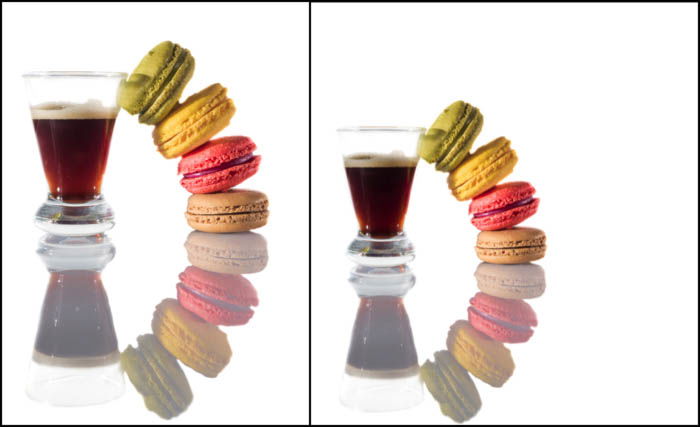
Conclusion: Creative Food Photography Ideas
I hope this article will inspire you to experiment with creative food photography. You only need food photography props, flashguns, food, and a crazy idea.
For unique food photography tips, check out our eBook, The Creative Photography Cookbook!


